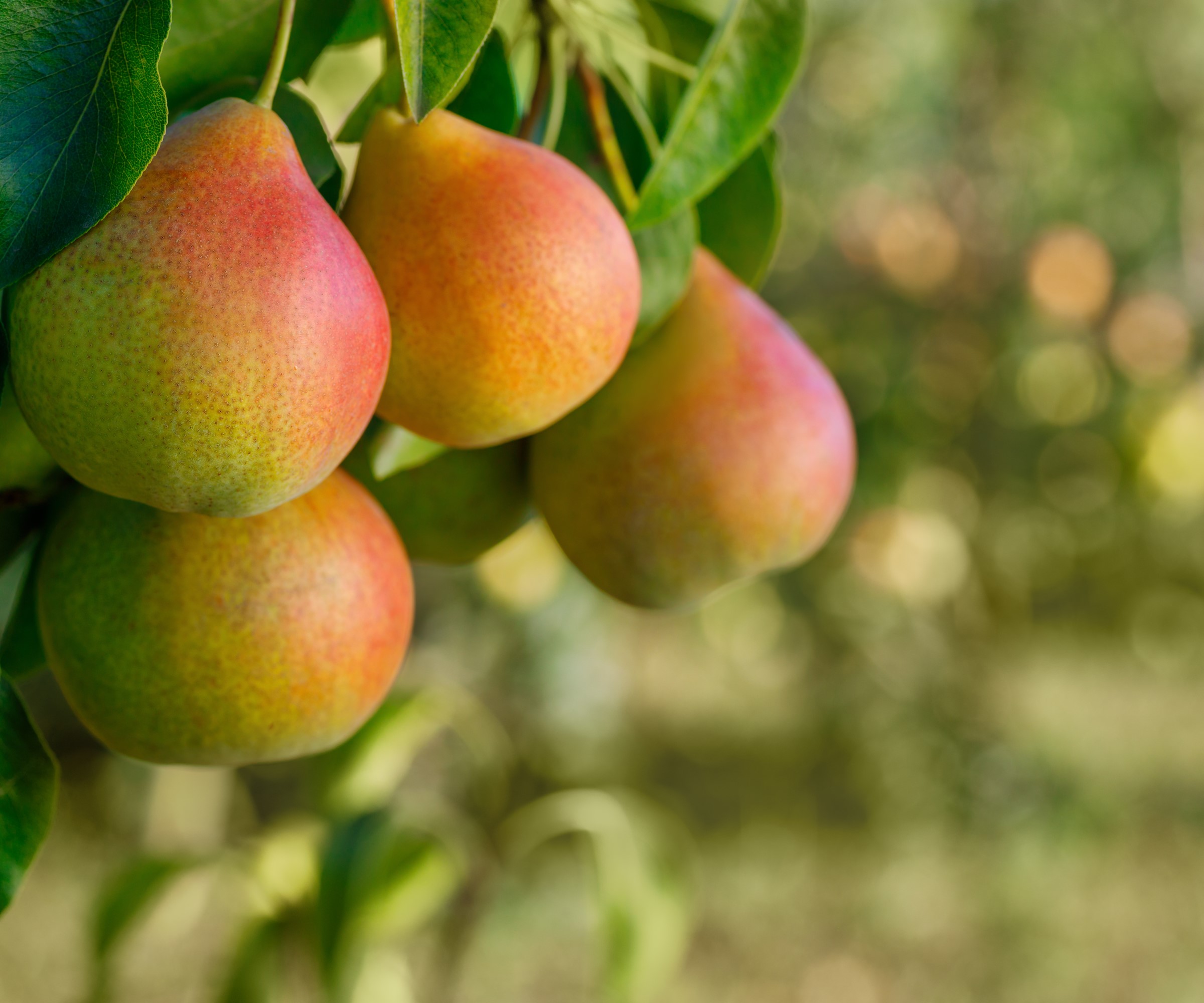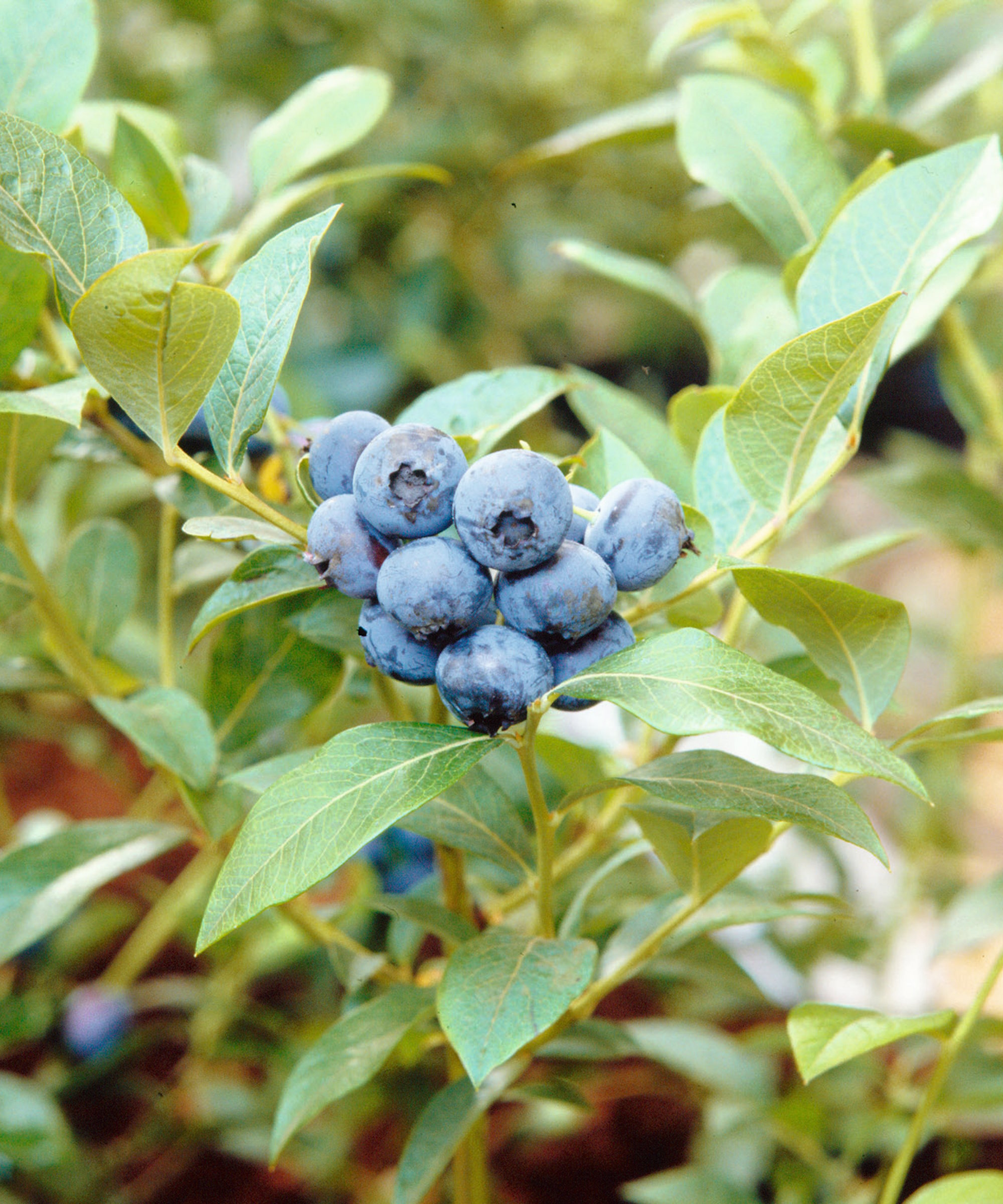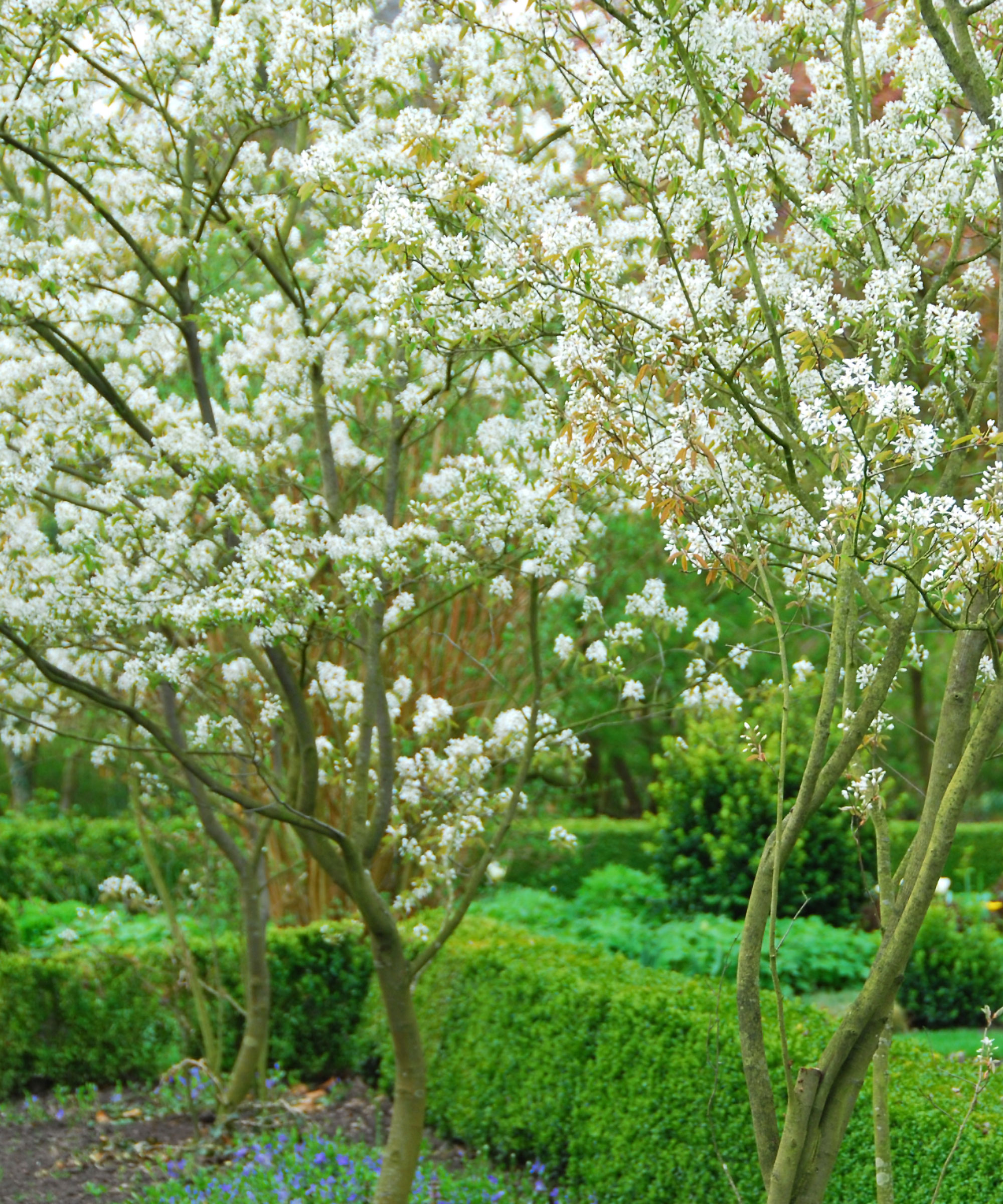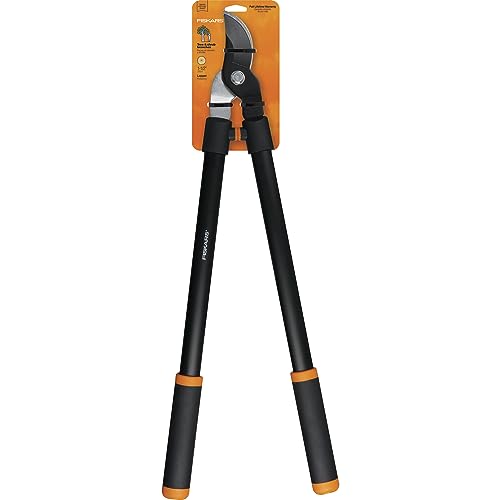8 plants to prune in November for healthy trees, shrubs, and perennials
A guide to what you should trim this month for great blooms and top crops next year


November is the start of pruning season for many deciduous trees and shrubs that enter their dormancy when the cold weather arrives. It is also an ideal time to trim perennials that shone during summer, but now need cutting back before winter.
Not everything is suitable for pruning in fall, though. Some fruit trees and evergreen trees need to be cut at different times or you risk subjecting them to damage or disease. It is best to always do research when planning fall gardening jobs, just to make sure specific plants are suitable for fall pruning.
I worked in large and varied gardens during my years as a professional gardener in the UK. This gave me a wide experience of pruning trees, shrubs, and perennials throughout fall and into winter. There can be various reasons to prune in November and here we take a look at a range of plants that could do with your attention this month.

Many trees are best pruned during dormancy
Quick tips for November pruning
Pruning needs to be high on your fall gardening checklist. It can tidy your garden space, keep plants healthy, and also guarantee you a good crop when it comes to edible trees and bushes. Pruning needs to be done with sharp and clean garden tools to help make the job easier and also protect the health of your plants. Using dirty or blunt tools is a common pruning mistake, along with the likes of pruning at the wrong time and cutting too much out, which has the potential to cause long-term damage.
1. Fruit trees

Pears are pruned from November through to March
November marks the start of the window to prune lots of fruit trees, including apple trees or pear trees. These trees want to be pruned during their dormancy period, which runs from November through to early spring.
However, do not prune all fruit trees at this time as stone fruit trees, which includes peach trees, plums and more, should be left until when they are growing, as they can be infected by silver leaf if pruned during dormancy.
Pruning fruit trees will help keep their size under control and can also keep them as productive as possible. Remove any dead, diseased, or damaged wood and prune to create an open centre with well-spaced branches. Do not get too carried away and remember the one-third pruning role, never remove more than a third of the tree in one go.
Design expertise in your inbox – from inspiring decorating ideas and beautiful celebrity homes to practical gardening advice and shopping round-ups.
2. Soft fruit bushes

Blueberries are pruned to have a good mix of wood
As well as fruit trees, you can also start pruning soft fruit bushes in November. This includes pruning blueberries, blackcurrants and also gooseberries. These fruit bushes, again, need pruning during their dormancy period. Regular snipping helps keep them healthy and full of the most productive wood to carry bumper crops of fruits.
The exact method of pruning bushes will depend on the type of soft fruit. All will need dead, damaged, diseased, or rubbing stems removed, but do your research before heading out to the kitchen garden with tools to discover the precise method for any particular bush.
A good reference book, such as Grow Fruit: Gardens, Yards, Balconies, Roof Terraces, available at Amazon, will give you a guide for the best time to prune, along with the correct method for different fruit bushes.
3. Berberis

Care needs to be taken when pruning berberis due to their spikes
Berberis are great low maintenance shrubs that have lots of uses. Not only can these versatile shrubs be top ornamental plants thanks to their foliage, flowers, and berries, but they are also a good privacy shrub and often used as a hedging plant. There are evergreen and deciduous types of berberis, and it is the latter that can be pruned in November.
Berberis does not need lots of regular pruning and it can be a simple task to complete - just remember to wear a thick pair of gloves when pruning as the shrubs have sharp spines. Heavy duty gardening gloves, like these available at Walmart, are ideal when pruning prickly plants such as berberis, roses, or cactuses.
To prune, simply remove dead, diseased, and damaged branches, and cut down a few of the oldest stems. By cutting these down to the ground, it will encourage new growth in spring that will carry more vibrant foliage than was on the older wood.
You can cut berberis harder, even coppicing the shrub, and this will give you lots of foliage on new wood at the sacrifice of any flowers in spring.
4. Amelanchier

Amelanchier flowers in spring
You can grow amelanchier as a large shrub or small tree, and it makes a great option as a tree for small gardens. The plant has a long season of interest, with white flowers in spring, berries in summer, and stunning fall foliage. It is also a very reliable tree to grow in a pot, with dwarf varieties available to grow in containers on a deck or patio.
The good news is that amelanchiers do not require a lot of pruning. If you want to restrict the canopy, or remove lower branches if you are growing it as a single-stemmed tree, then the time to do this is between November and February.
This is also a good time to remove any dead or damaged wood when the tree is dormant. The advantage of pruning during November is that you can see the structure of the branches once the leaves have dropped, however, a lot of pruning during the winter may result in less flowering come the following spring.
5. Hellebores

Hellebores are trimmed to protect against disease
Hellebores are early bloomers each year, with flowers appearing in winter and early spring.
They are popular perennials to plant in fall and, when you add them to your garden, you can conserve the overall health of any hellebore varieties that you grow by cutting them in November. It is good practice to remove the foliage of last year’s flowers in the fall. This is to protect the new emerging flowers from leaf spot disease that can overwinter on last year’s leaves.
If you are growing hellebores, then this annual task of removing old leaves to prevent infection carrying over should be seen as vitally important. It is a simple job to do, with old foliage simply needing cutting off at ground level. Wear gloves when doing this pruning task, as the sap from hellebores can irritate the skin.
6. Delphinium

Delphiniums are much-admired for their flower spikes
Delphiniums are hugely-popular cottage garden plants, loved for their tall, statuesque flowers that attract bees and other pollinators. Their upright blooms come in many different shades and will come to the fore in June and July, with deadheading capable of giving you a second display come late summer.
At the end of the growing season, it is best to cut back delphiniums once the leaves have started to die back. While many perennials can have foliage or seedheads that can look beautiful left as part of winter garden ideas, delphiniums are not so blessed. The plants tend to flop and look unsightly, so are best cut back to the ground. The debris can be used to make compost, providing it shows no signs of any fungal diseases.
7. Brugmansia

Brugmansia are tender plants that often need protecting in winter
Brugmansia is also called angel’s trumpet, due to its stunning large hanging trumpet flowers that are highly-fragrant and come in shades of white, red, orange, or yellow. These tropical plants need warm climates and are often moved indoors over winter as they need temperatures above 45–50˚F year-round.
Brugmansia grow vigorously, and benefit from annual pruning to keep their growth checked. When you move the plant indoors in fall, this is an ideal opportunity to give them a trim. By regularly pruning brugmansia back, you can stimulate new growth. This encourages more flowering as the plants bloom on new wood.
Brugmansia is another plant whose sap can irritate skin, so always wear gloves when pruning.
8. Acers

Acers should be pruned when they are dormant
Japanese maple trees do not require much pruning, but when they do it is vital to get the timing right. Knowing when to prune Japanese maple trees ensures they remain healthy and continue to give you a vibrant display of color in the fall.
Acers want to be pruned during dormancy, starting in November and running through February. Pruning any varieties of Japanese maples outside of this window will cause them to bleed sap heavily, weakening the tree and leaving it susceptible to pests and diseases. Do not prune acers regularly and trim lightly when you prune.
Shop tools for pruning in November

Felco No. 2 pruners are nearly universally beloved as the best pruners on the market. They're comfortable, hard-wearing, razor-sharp, and best of all, every part can be replaced - you never need to buy another set of pruners again.
FAQs
Which plants should I not cut back in the fall?
If you cut back plants at the wrong time, it can harm their health or cause you to have less flowers the following year. For example, evergreen trees and shrubs should not be pruned in fall as it can leave them exposed to harmful winter weather.
If plants flower on old wood, such as lilacs, rhododendrons, and some hydrangeas, then you risk removing branches that will carry next year’s flowers by pruning in fall
Many perennials can either be cut back in fall or spring - it can often come down to your garden style or personal preferences. The seedheads of many perennials can be great food sources for birds as part of wildlife garden ideas, while they also look fantastic tinged with a winter frost.
When it comes to cutting back coneflowers, phlox, and black eyed susans, these can be pruned in either fall or spring.

Drew has worked as a writer since 2008 and was also a professional gardener for many years. As a trained horticulturist, he worked in prestigious historic gardens, including Hanbury Hall and the world-famous Hidcote Manor Garden. He also spent time as a specialist kitchen gardener at Soho Farmhouse and Netherby Hall, where he grew vegetables, fruit, herbs, and cut flowers for restaurants. Drew has written for numerous print and online publications and is an allotment holder and garden blogger. He is shortlisted for the Digital Gardening Writer of the Year at the 2025 Garden Media Guild Awards.

